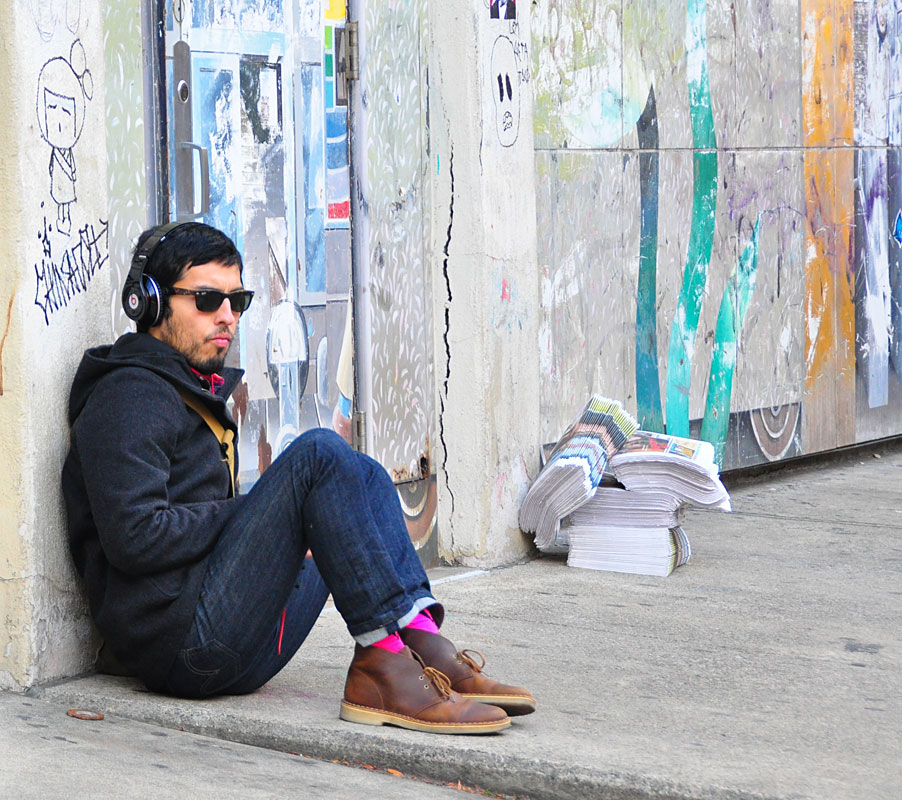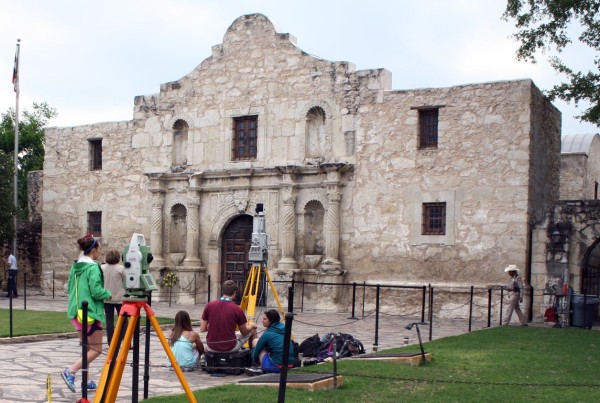It’s a cycle that makes hip neighborhoods in Texas forever young
Neighborhoods like East Austin. Nathan Hill is 31, he lives in Windsor Park.
“I moved here 13 years ago, It’s kind of hard to find Austinites now a days, but I think that’s also what makes the city Austin, a lot of people come in so there’s a lot of different opinions, I like the way the citys growing, it’s important that people come here and have fun here,” Hill says.
An urban planning study from the University of Waterloo in Canada found that neighborhoods in Houston and Austin are prime examples of youthification.
Markus Moos conducted the study.
The problem, says Moos, is that people seem to age out of neighborhoods like Houston’s Heights or East Austin. They move out and get replaced by another wave of young people.
In East Austin, Whilelmina Delco has seen the historically black neighborhood she’s lived in since the 1960s, transformed by young whites and Latinos.
“Now that these folks are moving over here all of these improvements are taking place because we’ve become accustomed to what our communities are,” Delco says, “but now that there’s an influx of people they’re demanding the things that they left in North Austin.”
Things like better transportation, bike lanes and better roads. But the fountain of youth isn’t all it’s cracked up to be.
“One of the issues that may come up over time is that people will find themselves having difficulties sort of aging in place, which is something, that in planning that sometimes we’ve valued in the past,” says Moos
So there might plenty of brew pubs, but not enough parks and benches. You might even struggle to find a home with 2 or more bedrooms and a backyard.
But there’s a question. What if people’s preferences are changing forever? What if this generation of young people wants to stay in urban areas their whole lives?
If people aged with their neighborhoods, that would promote more robust infrastructure. Meaning amenities for people of all ages.
Moos says it’s unlikely to happen.
“At this point, we’re not completely sure whether they’re going to stay, but when we look back historically, what we find is that a lot of these neighborhoods that now have a large share of young people, also had a large share of young people ten years ago, 20 years ago,” Moos says.
But there’s not enough data to know for sure. Which is why the University of Waterloo is taking a massive poll of young people in all the cities on its list.
So, if you’re a young person living in one of these hip neighborhoods, let us know, are you planning on staying just until you have a kid? Or will you still be drinking at your local brew pub even when you’re in a walker?













